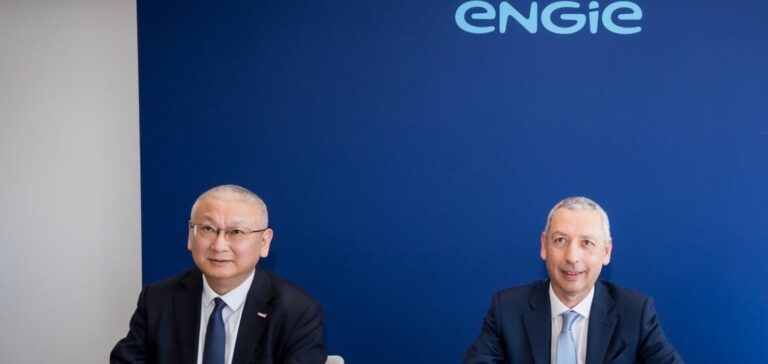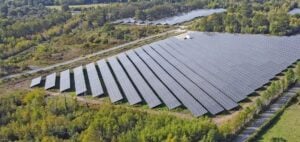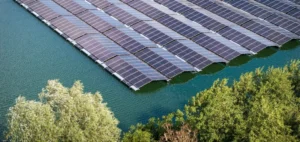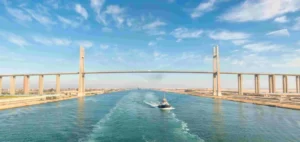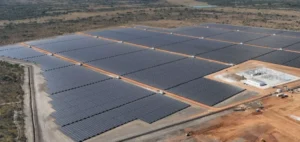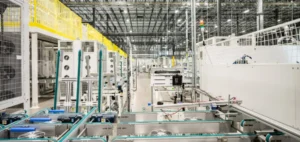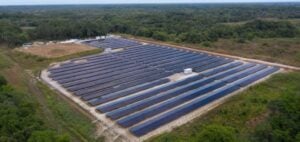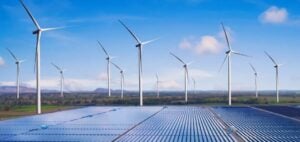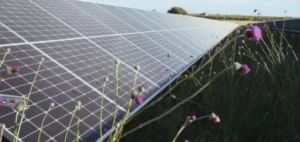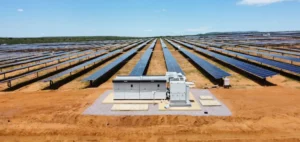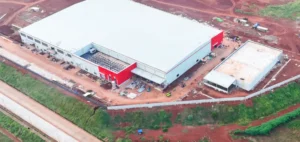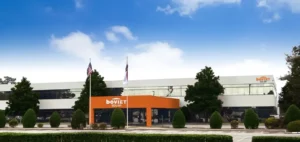Chinese group LONGi Green Energy Technology Co., Ltd. has signed a major partnership with French energy company ENGIE SA for the supply of Hi-MO 9 solar modules dedicated to high-capacity photovoltaic projects in the Middle East and North Africa. The agreement involves the deployment of back contact (BC) technology, which is regarded as a key innovation in the utility-scale solar sector.
A technology designed to maximise performance
LONGi’s Hi-MO 9 module offers a peak power output of 670W and a conversion efficiency of 24.8%. With a design that places all electrodes on the rear side of the cells, the technology eliminates shading losses and increases light capture. Its bifaciality, reaching up to 80%, also allows for improved utilisation of ground-reflected sunlight, especially in desert environments typical of the MENA region.
The BC design also improves the thermal performance of the panels, ensuring more consistent electricity output even under extreme weather conditions. LONGi states that the technology meets the durability and cost-effectiveness requirements of large-scale deployments.
A partnership focused on large-scale projects
ENGIE plans to use these modules across several large utility-scale installations intended for national and industrial grids in the MENA region. According to François-Xavier Boul, Managing Director MENA Renewables & Batteries at ENGIE, the agreement will serve as a model for future solar rollouts in fast-growing markets.
LONGi, which claims strict adherence to international quality standards, sees this partnership as a strategic lever to strengthen its footprint in developing markets. The company is betting on the long-term performance of its modules to appeal to solar infrastructure operators aiming to maximise productivity while controlling operating costs.
A regional market undergoing rapid transformation
The Middle East and North Africa now represent one of the key expansion areas for utility-scale solar. Several countries in the region have recently launched tenders exceeding 10 GW in capacity, and high-efficiency technologies are increasingly sought after to address economic pressure on electricity pricing.
Rising demand for large-scale photovoltaic projects in areas exposed to extreme heat and high solar irradiation is pushing developers to choose robust, reliable, and high-yield modules. This type of agreement between a technology supplier and a multinational developer could signal an emerging industry standard for the technical configuration of upcoming projects.


